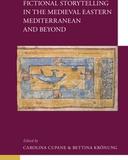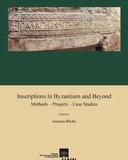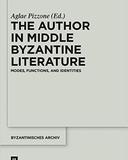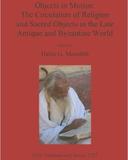Dr Ida Toth
I am a classicist and a historian of Late Antique and Byzantine literary culture. I convene graduate courses in Medieval Latin, Byzantine Greek, and Byzantine Epigraphy, and supervise MSt, MPhil and DPhil students in Late Antique and Byzantine Studies. One of the most rewarding aspects of my work at Oxford involves teaching and training advanced research students in skills essential for their master and doctoral studies but I am equally committed to my own research, much of which involves collaborations with my colleagues, many among them fellow-epigraphers, from the UK and further afield, such as Austria, Greece, Serbia and Turkey. I give regular spring lectures as a visiting professor at Belgrade University. More recently, I have been appointed one of the coordinators of the International Committee for Byzantine Epigraphy, and a co-editor of the newly-established series Studies in Byzantine Epigraphy.
Research Interests
- Byzantine Rhetoric
- Byzantine Epigraphy
- Medieval (Greek, Latin, Slavonic) Prose Fiction
My research interests fall into three distinct fields of Byzantine Studies: rhetoric, narrative fiction, and writing culture (including epigraphy). I have published on late Byzantine imperial orations, on the medieval transmission of the Life of Aesop and the Book of Syntipas the Philosopher, and on Byzantine inscriptional traditions in the seventh, eleventh and thirteenth centuries. I have co-organised several major international academic initiatives such as The Summer Workshop in Byzantine Epigraphy (with Andreas Rhoby) and The 49th SPBS Spring Symposium of Byzantine Studies: Inscribing Texts in Byzantium (with Marc Lauxtermann). I currently work on transformative periods in Byzantine epigraphic culture, on the middle and late Byzantine translations of eastern novels, and on the encomiastic oratory of the Palaiologan court. I am a co-editor of the collective volumes on Reading Culture in Byzantium (forthcoming in 2017) and on Byzantine Epigraphy (forthcoming in 2017/8), and a member of a project team that prepares a comprehensive anthology of Byzantine Literature.








